Mauritian homes, whether nestled in the bustling urban centres or in the serene countryside, offer a fascinating glimpse into how the island’s residents live, entertain, and express their cultural identity.
Architectural Features
Mauritian architecture is a captivating blend of influences, reflecting the island’s rich history. The architectural styles range from colonial-era mansions to modern, minimalist homes. Traditional Mauritian homes, particularly in rural areas, often feature verandas and large windows designed to maximise ventilation and offer shade, essential for the tropical climate. These homes are typically built with locally sourced materials like wood, stone, and thatch, giving them a natural, rustic charm.
In urban areas, the architecture tends to be more contemporary, with clean lines, open spaces, and a focus on functionality. However, many homes still incorporate traditional elements, such as intricate wooden carvings and wrought iron railings, as a nod to the island’s heritage. The use of bright colours, inspired by the island’s vibrant landscape, is also common, adding a cheerful and welcoming vibe to the neighbourhoods.
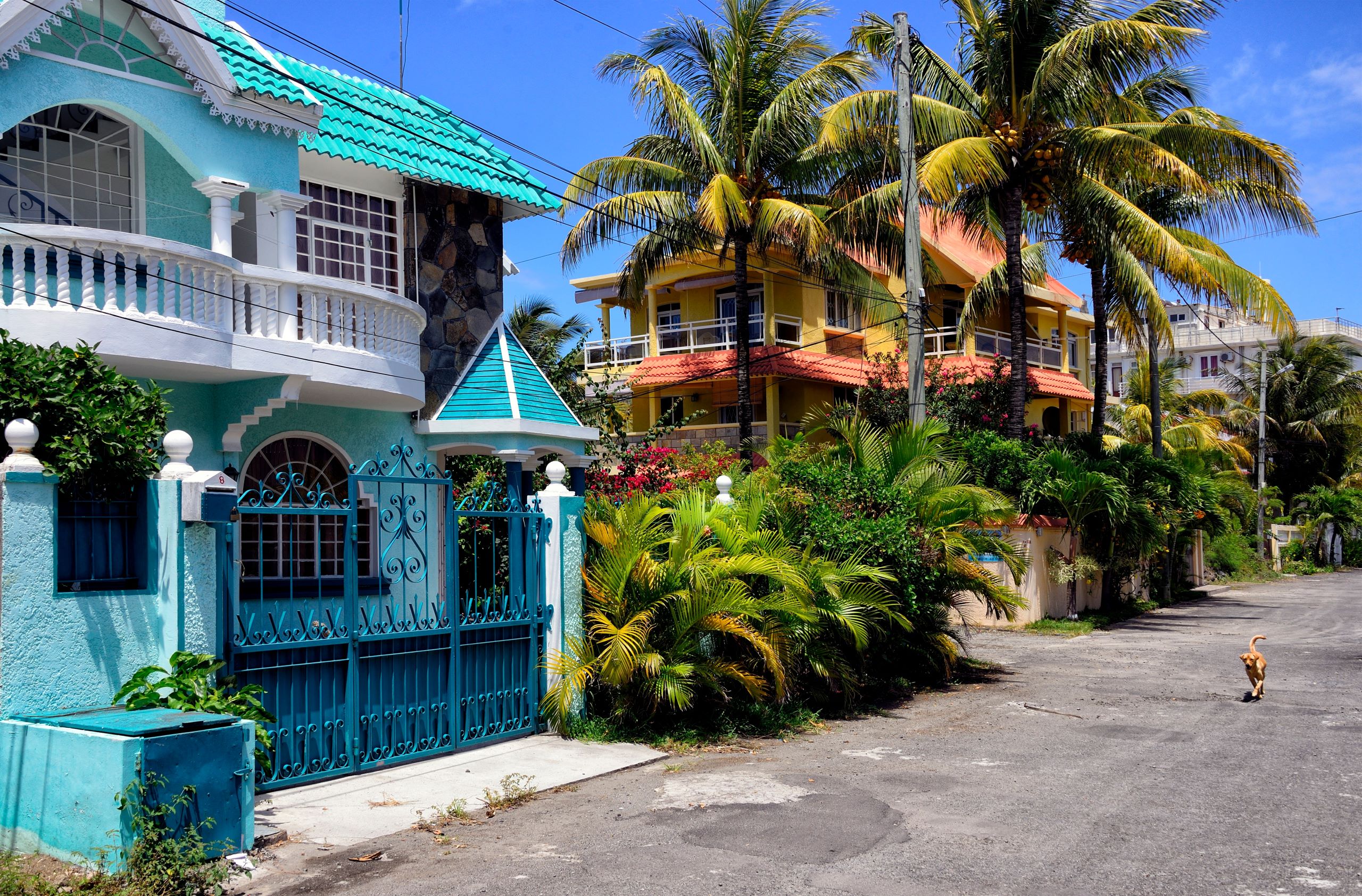
Rural and Urban Contrasts
The contrast between rural and urban living in Mauritius is evident in the design and layout of homes. Rural homes, often located in small villages or near plantations, are usually more spacious, with large gardens and outdoor areas.
Urban homes, on the other hand, tend to be more compact, particularly in cities like Port Louis and Curepipe. With land being more expensive and space limited, urban homes often have smaller gardens or none at all. Despite the differences, both rural and urban homes share a common emphasis on creating comfortable, family-oriented spaces.
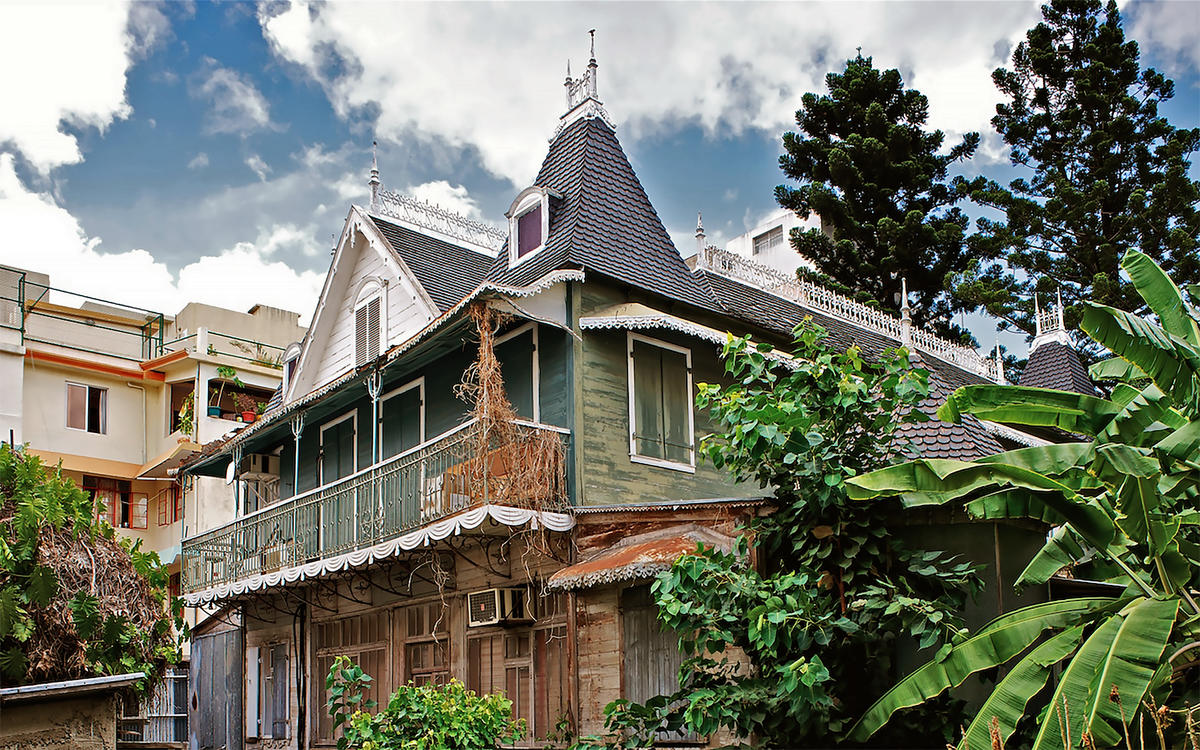
Mauritian Living and Entertaining
Mauritians are known for their warm hospitality, and this is reflected in how they live and entertain at home. Family gatherings are an integral part of Mauritian life, often centred around meals. The kitchen is the heart of the home, where traditional dishes are prepared with love and shared with family and friends. In many homes, you’ll find an outdoor cooking area, often with a tandoor or barbecue, where food is prepared for large gatherings.
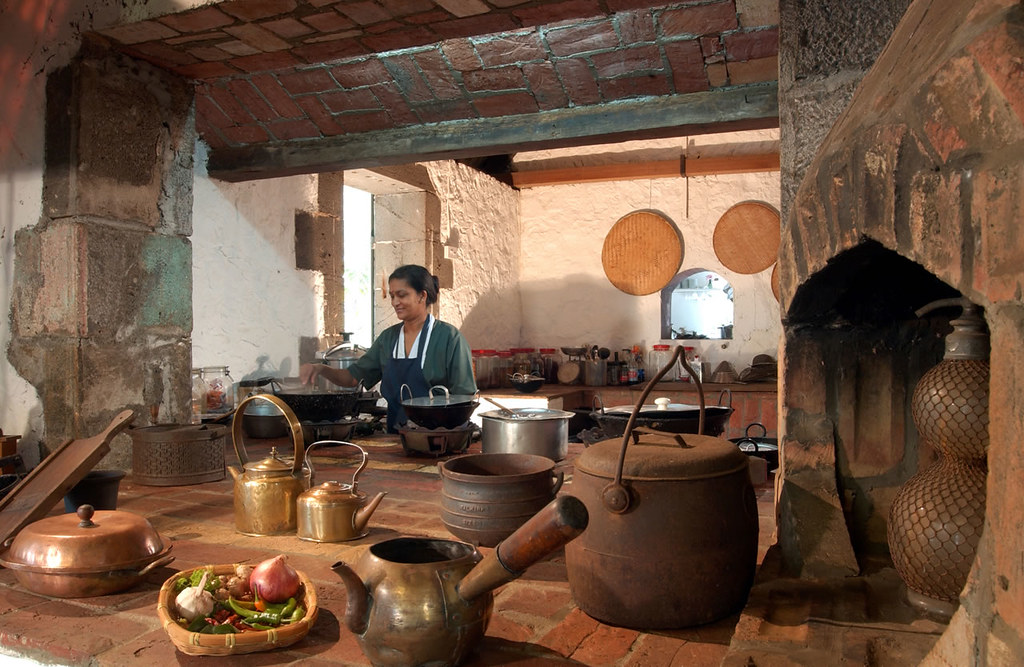
Entertaining at home is a common practice, with Mauritians often inviting friends and extended family over for lunch or dinner. Meals are typically served in the dining room or, in the case of larger homes, on the veranda or in the garden, where guests can enjoy the island’s pleasant weather. The emphasis is always on creating a welcoming and relaxed atmosphere, with plenty of food, laughter, and conversation.
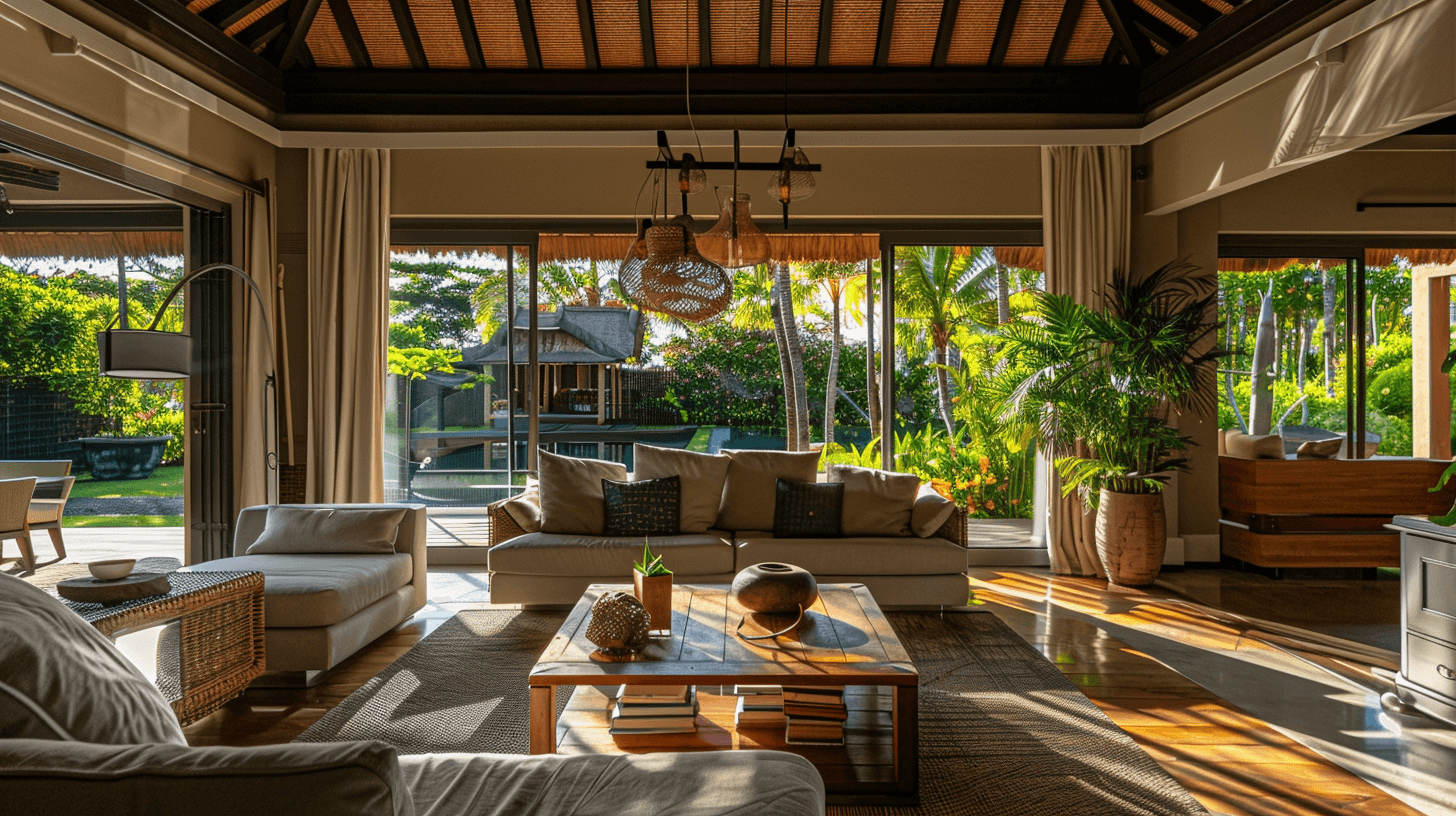
Interior Decoration and Furniture
The interior decoration of Mauritian homes is as diverse as the island itself. Traditional homes often feature wooden furniture, sometimes intricately carved, reflecting the island’s Indian and African influences. Wicker furniture is also popular, especially in outdoor areas, adding a touch of the tropical to the living spaces. Fabrics and textiles play a significant role in interior decoration, with bright colours and patterns inspired by the island’s flora and fauna.
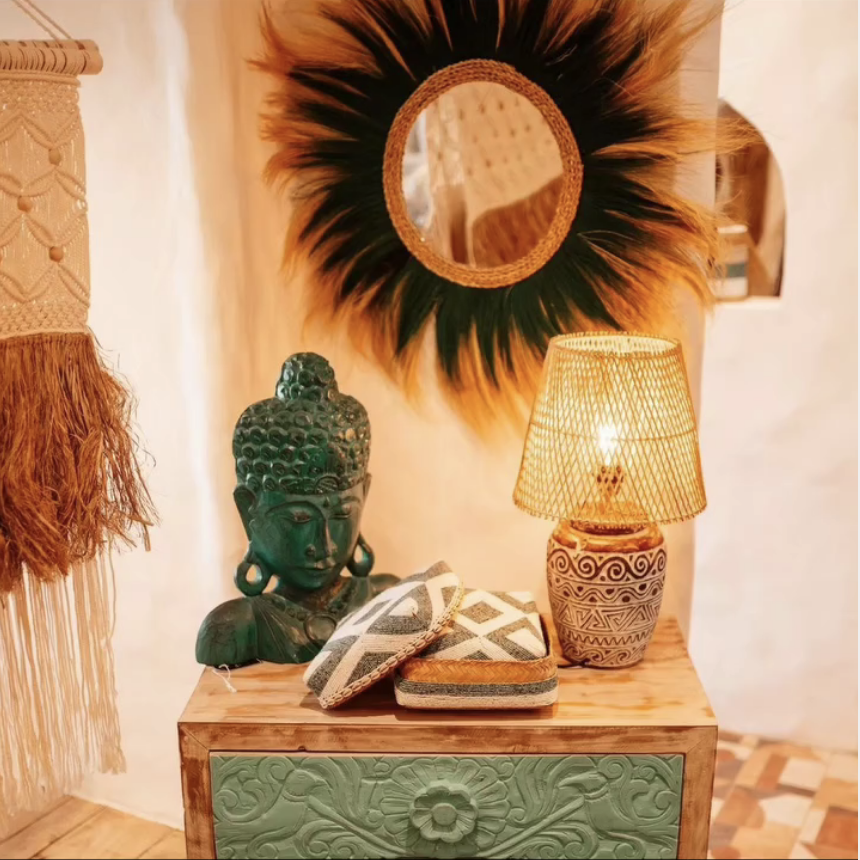
In more modern homes, the decor tends to be minimalist, with clean lines and neutral colours. However, even in these contemporary settings, you’ll often find traditional elements such as handwoven rugs, locally made pottery, and artwork that reflect the island’s cultural heritage. The fusion of old and new creates a unique style that is distinctly Mauritian.

The Essence of Mauritian Homes
Mauritian homes, whether in the city or countryside, are a true reflection of the island’s cultural diversity and the importance of family and community. The blend of architectural styles, the emphasis on hospitality, and the unique interior decorations all contribute to making Mauritian homes warm, welcoming, and deeply rooted in tradition. Whether you’re visiting Mauritius or simply curious about island living, understanding the nuances of Mauritian homes offers a fascinating insight into the everyday life of this beautiful island nation.


